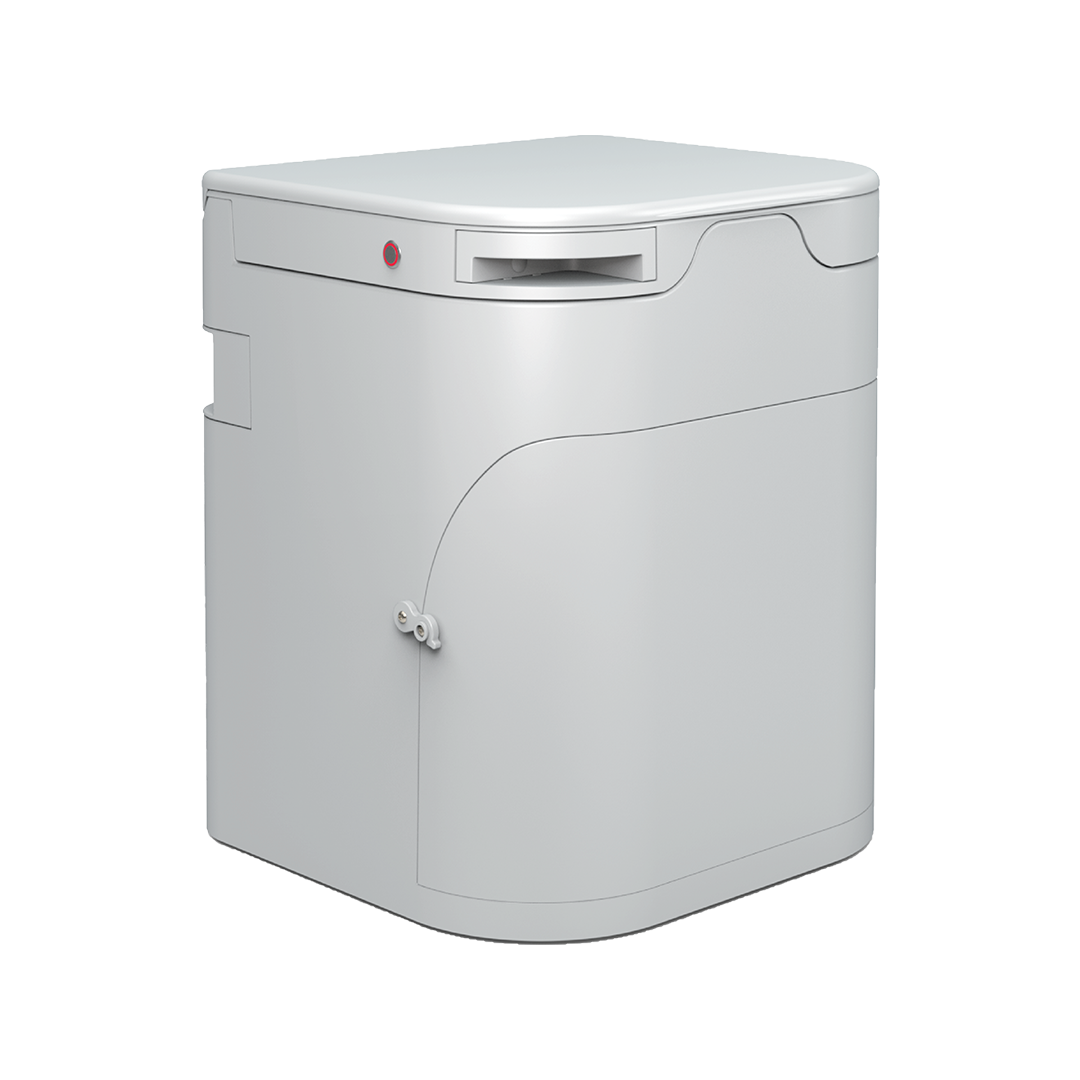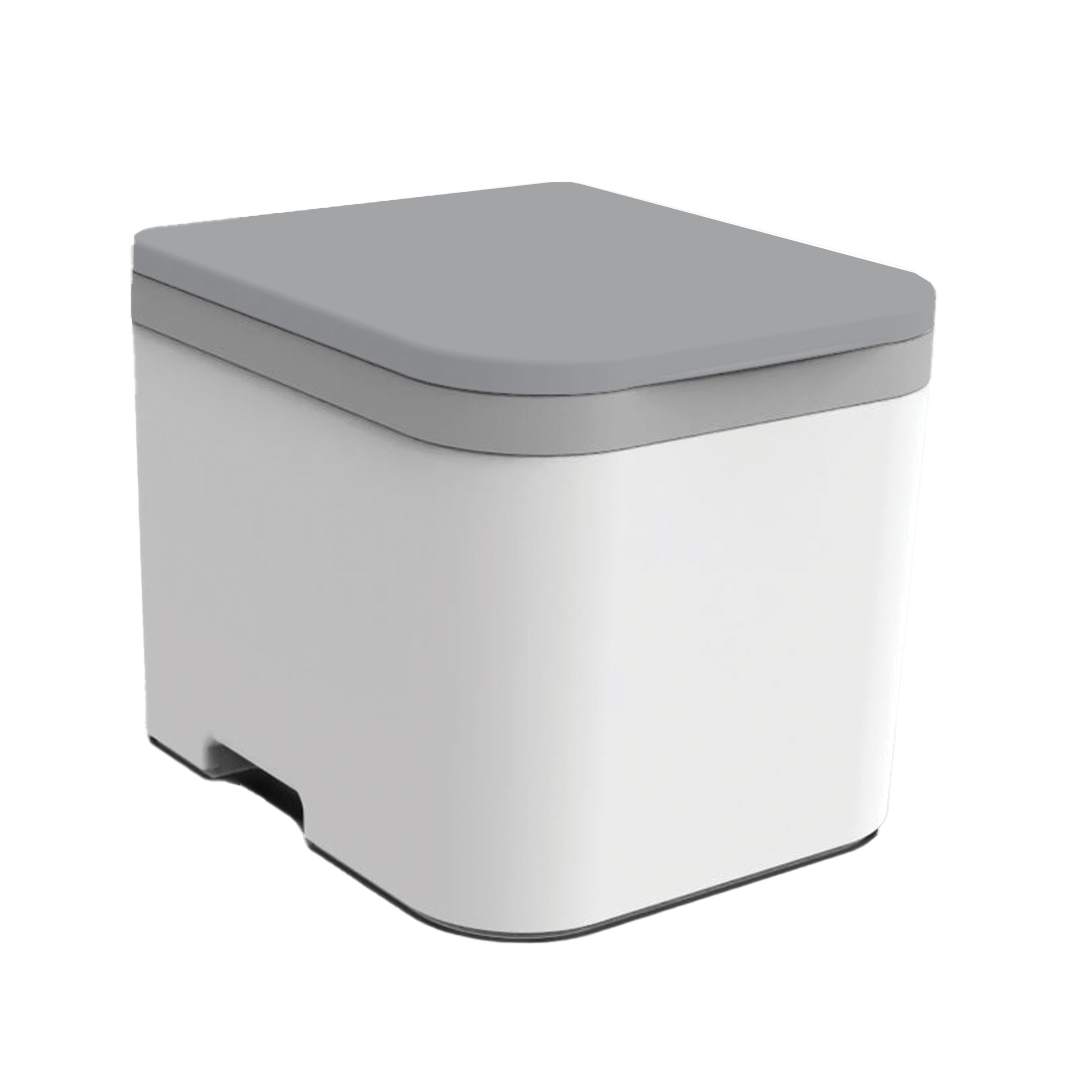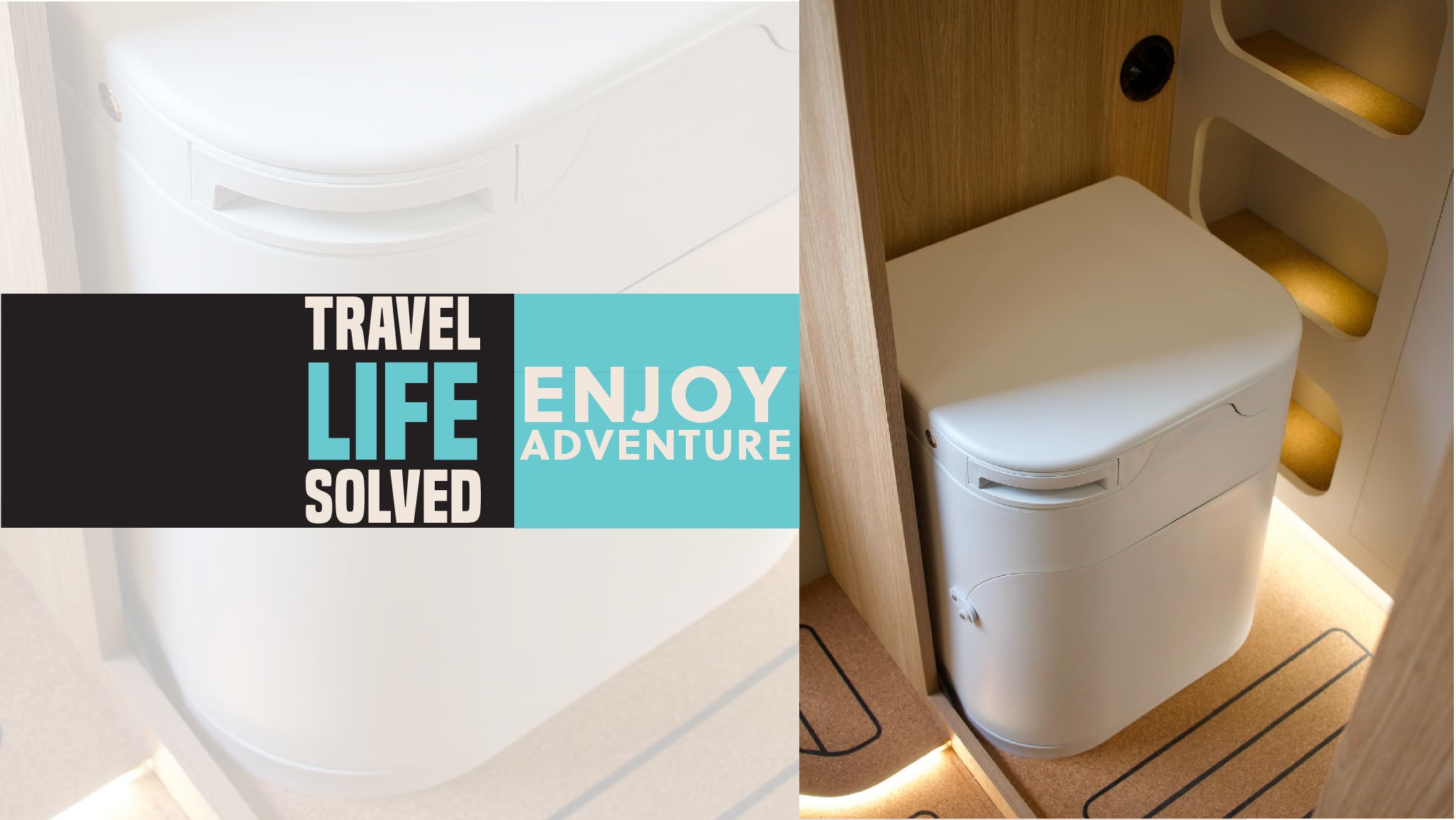Exploring Different Compost Mediums: A Comprehensive Guide
Composting is an eco-friendly way to manage organic waste, turning kitchen scraps and yard waste into nutrient-rich soil. The choice of compost medium can significantly impact the efficiency and quality of your compost. In this guide, we'll explore several compost mediums, their pros and cons, and specific recommendations for compost toilets, such as the OGO™ ORIGIN and NOMAD by OGO™.
Common Compost Mediums
1. Coco Coir
Pros:
- Sustainability: Coco coir is a byproduct of coconut processing, making it a renewable resource.
- Aeration: It provides excellent aeration, promoting the activity of aerobic bacteria necessary for composting.
- Water Retention: Coco coir retains moisture well, preventing the compost from drying out too quickly.
Cons:
- Mold: White mold can appear when not mixed regularly. Usually harmless.
- Processing: Needs to be hydrated and prepared before use.
2. Sphagnum Peat Moss
Pros:
- Water Retention: Peat moss retains water effectively, maintaining a moist environment for composting.
- Acidity: It is slightly acidic, which can be beneficial for certain types of composting.
Cons:
- Environmental Impact: Harvesting peat moss can damage natural peat bogs, which are vital carbon sinks.
- Cost: Often more expensive and less sustainable compared to other mediums.
3. Sawdust
Pros:
- Availability: Readily available as a byproduct of the lumber industry.
- Carbon Source: High in carbon, which helps balance nitrogen-rich kitchen scraps.
Cons:
- Acidity: Can be acidic, which might not be suitable for all composting systems.
- Compaction: Can compact easily, reducing aeration if not mixed well.
4. Straw
Pros:
- Aeration: Provides good aeration, promoting the activity of aerobic bacteria.
- Cost: Generally inexpensive and widely available.
Cons:
- Moisture: Doesn't retain moisture as well as coco coir or peat moss.
- Bulk: Takes up more space and may require frequent turning.
5. Leaf Mold
Pros:
- Nutrient-Rich: Creates a nutrient-rich compost when broken down.
- Sustainability: Utilizing fallen leaves is an eco-friendly option.
Cons:
- Time: Takes longer to break down compared to other mediums.
- Availability: Seasonal and may not be available year-round.
Compost Mediums for Compost Toilets
When it comes to compost toilets, the choice of medium is crucial to ensure effective composting and prevent issues like odor or mechanical problems. Let’s look at two specific products and their recommended compost mediums.
OGO™ ORIGIN
Recommended Mediums:
- Coco Coir
- Sphagnum Peat Moss
Pros:
- Efficient Composting: Both coco coir and peat moss provide excellent aeration and moisture retention, essential for the composting process.
- Consistency: These mediums maintain a consistent texture, preventing clumping and ensuring even composting.
Cons:
- Limited Options: The OGO™ ORIGIN is limited to using only coco coir and sphagnum peat moss. Other mediums can become clay-like with the power agitator, potentially causing problems for the motor.
NOMAD by OGO™
Recommended Mediums:
- Any Medium: The NOMAD's layering method allows the use of a variety of compost mediums.
Pros:
- Versatility: You can use any compost medium, including sawdust, straw, and leaf mold, allowing for flexibility based on availability and preference.
- Layering Method: This method helps maintain proper aeration and moisture levels, regardless of the medium used.
Cons:
- Management: Requires careful layering and management to ensure optimal composting conditions.
Conclusion
Choosing the right compost medium depends on your specific needs and the composting system you’re using. For general composting, coco coir and sphagnum peat moss offer excellent moisture retention and aeration but come with higher costs and potential environmental concerns. Sawdust and straw are more affordable and readily available but require careful management to prevent compaction and dryness.
For compost toilets, the OGO™ ORIGIN is best suited for coco coir and sphagnum peat moss, ensuring smooth operation and effective composting. The NOMAD by OGO™ provides more flexibility, accommodating a variety of mediums through its layering method.
By understanding the pros and cons of each medium, you can optimize your composting process, whether for garden compost or compost toilets and contribute to a more sustainable environment.




